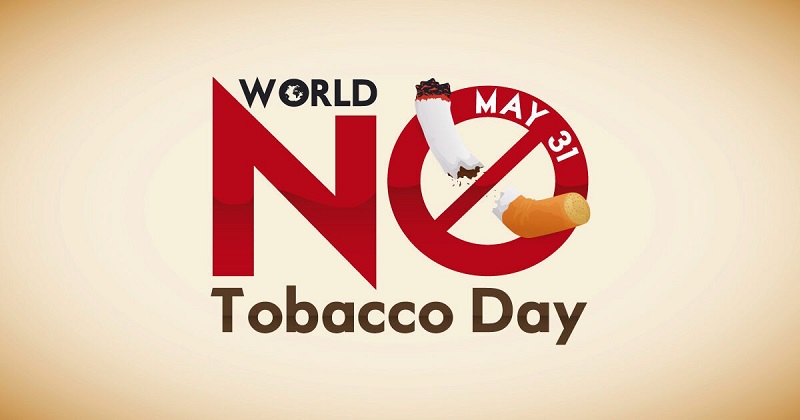
The World No Tobacco Day is observed on May 31. WHO estimates that over 8 million people die each year as a result of tobacco usage. Hence, WHO established Anti-Tobacco Day, also known as World No Tobacco Day, as an annual event to highlight the harmful and lethal impacts of tobacco use.
Both direct and indirect tobacco smoking worsens acute lower respiratory tract infections and the ‘big five’ respiratory diseases: asthma, lung cancer, TB, pneumonia, and chronic obstructive pulmonary disease (COPD).
What’s important to remember is that we shouldn’t take passive smoking lightly. Not only are there deadly hazards for first-hand smokers (tobacco users), but passive smokers are also at risk. Passive smoking, often known as second-hand smoking, is equally as dangerous to one’s health as active smoking. ‘Protect the environment’ is the topic for this year’s World No Tobacco Day.
Let’s learn about the consequences of passive smoking on World No Tobacco Day:
Dangers of secondhand smoking (SHS) in children:
In children, passive smoking/SHS increases the risk of respiratory disorders (asthma, bronchitis, and pneumonia). Kids who spend the first 18 months of their lives in a tobacco-using family are more likely to suffer acute respiratory disease syndrome, as well as colds, coughs, wheezes, dyspnea, asthma episodes, glue ear, and lowered immunity.
The lungs of children who are exposed to SHS do not develop to their full capacity. There is a higher chance of contracting meningococcal illness. It is also responsible for baby deaths that occur suddenly and unexpectedly, as well as deadly sleep accidents.
Dangers of SHS in adults:
Partners who share a smoky home have a higher risk of coronary heart disease and stroke. Smoking makes the blood stickier, which raises the risk of clots and heart attacks.
Blood arteries gradually get blocked, fatty substances accumulate, and plaques form. SHS causes abnormal blood flow in the arteries after only 30-minutes of exposure. Atherosclerosis develops as a result of prolonged exposure. Reduces the amount of antioxidants and vitamins in the blood.
Nasal sinus cancer, throat cancer, laryngeal cancer, breast cancer, lung function loss, and other respiratory illnesses are all increased risks.

Post Your Comments